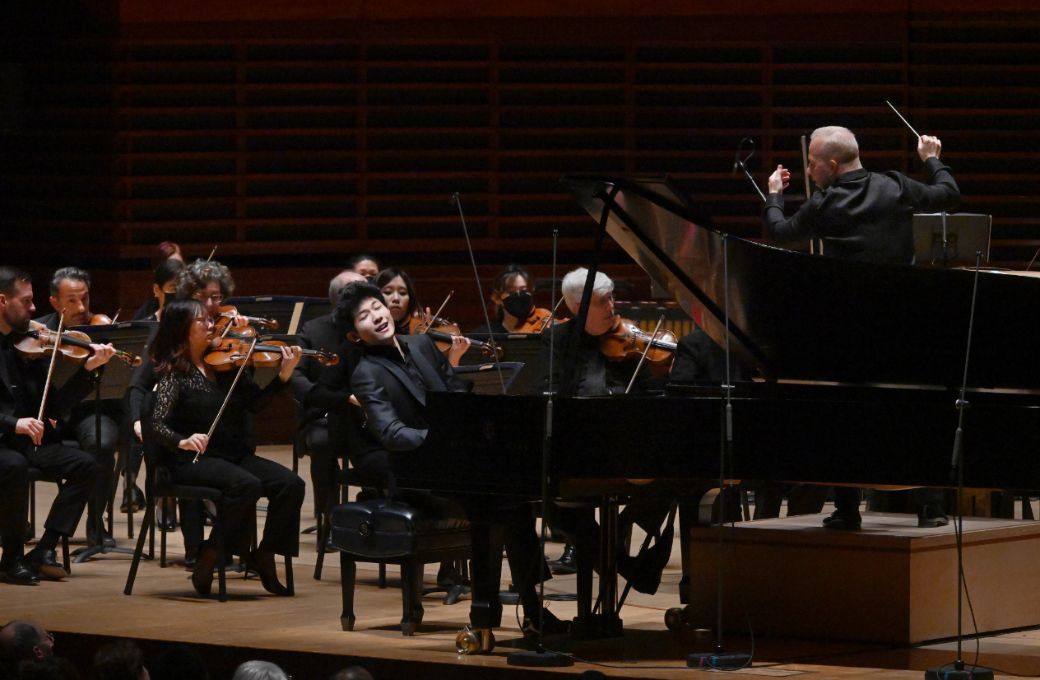The Philadelphia Orchestra premiered William L Dawson’s Negro Folk Symphony in 1934, at a moment when Black composers seemed poised to be recognized alongside their white peers in the American symphonic landscape. (Both William Grant Still and Florence Price delivered important contemporaneous commissions.) Regrettably, the work largely fell out of the repertoire in the ensuing years, despite a recording made by Leopold Stokowski with the American Symphony Orchestra, nearly 30 years after its first hearing. A quick search of Bachtrack’s archives turns up no reviews of the piece. When Yannick Nézet-Séguin programmed the work alongside Robert Schumann’s Piano Concerto in A minor, it was the first time it had been chosen to appear on a subscription series concert.

Nézet-Séguin delivered an energized and impassioned reading of the 35-minute composition that revealed how Dawson grounded his symphonic language in the spiritual tradition. Principal Horn Jennifer Montone opened the first movement with a wailing, mournful solo quickly taken up by the brass, which is countered by slashing, high-pitched writing in the strings. The back-and-forth embedded in the score almost resembles a call and response translated to the classical form. Dawson titled this movement “The Bond of Africa”, and the violent journey from a lost homeland to a new world can be gleaned in the swaying rhythms that dominate the music.
Dawson quotes liberally from spirituals throughout the piece, weaving them so seamlessly into the architecture of the movements that they could be mistaken for his own invention. And although he claimed that folk music served as his sole inspiration, one could hear the influence of an older generation in his compositional style. It would be easy to name-check Dvořák as a reference point, given that composer’s fascination with both the indigenous music of his home country and the melting pot of American sound, but I more often heard Brahms in the hard-charging tutti passages in the second and third movements. The Philadelphia Orchestra players put aside their customary elegance and delivered a sound that was elemental and emotionally driven, reflecting Dawson’s goal to encompass a culture’s musical history inside his piece.
Perhaps due to lack of familiarity with the repertoire, Verizon Hall was distressingly empty on the first night of the series. I hope this won’t affect Dawson’s standing in future season planning – his music deserves to be heard more regularly – and I hope it won’t discourage the young pianist Tony Siqi Yun, who debuted memorably in the Schumann. After bringing a soft touch to the concerto’s opening statement, Yun displayed a robust, muscular sound in the cadenza that complemented the tug-of-war that occurs between soloist and orchestra in this work. He never struggled to be heard over the full forces of the orchestra, but he brought more than brawn to the party. In particular, he shaded the third movement’s extended rondo with dazzling flourishes of color and a sense of intimacy amid the finale’s gathering musical storm.


